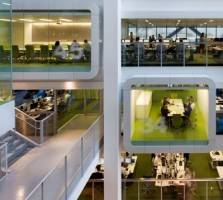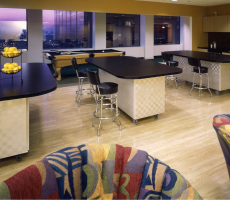April 17, 2015
Want to rile the electorate? Buy some office furniture. 0
 It’s fair to say that most people can go about their day to day lives without worrying too much about the price of office furniture. That is until they need to work themselves into a state of excitement about the amount of taxpayers’ money being spent on desks and chairs. We’ve already highlighted how the hackles of the electorate are raised easily by the sight of refurbished offices although we are at a loss to explain why, especially when you consider it in comparison to the spectacular foul-ups associated with IT procurement and the fact they probably don’t sit around on tea crates at home. This visceral reaction is an international phenomenon. While the good people of Sheffield can whip themselves up about a £73 task chair, across the pond a political storm has formed around the £4 million expenditure of the Internal Revenue Service (IRS) on office furniture.
It’s fair to say that most people can go about their day to day lives without worrying too much about the price of office furniture. That is until they need to work themselves into a state of excitement about the amount of taxpayers’ money being spent on desks and chairs. We’ve already highlighted how the hackles of the electorate are raised easily by the sight of refurbished offices although we are at a loss to explain why, especially when you consider it in comparison to the spectacular foul-ups associated with IT procurement and the fact they probably don’t sit around on tea crates at home. This visceral reaction is an international phenomenon. While the good people of Sheffield can whip themselves up about a £73 task chair, across the pond a political storm has formed around the £4 million expenditure of the Internal Revenue Service (IRS) on office furniture.
























April 12, 2015
A preview of this year’s Milan International Furniture Fair 0
by Justin Miller • Comment, Events, Furniture, Workplace design
(more…)